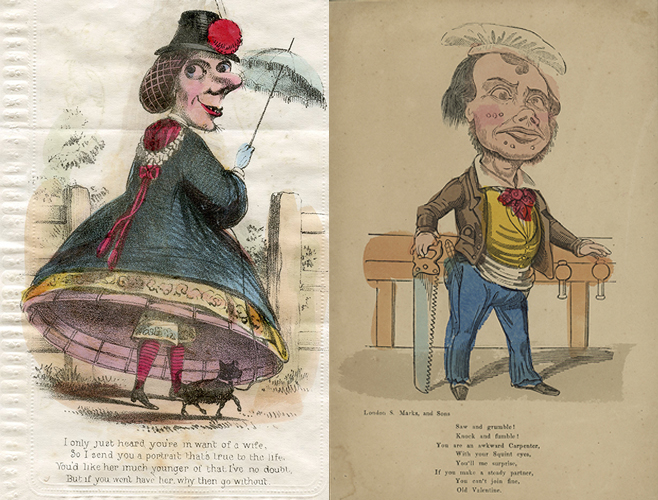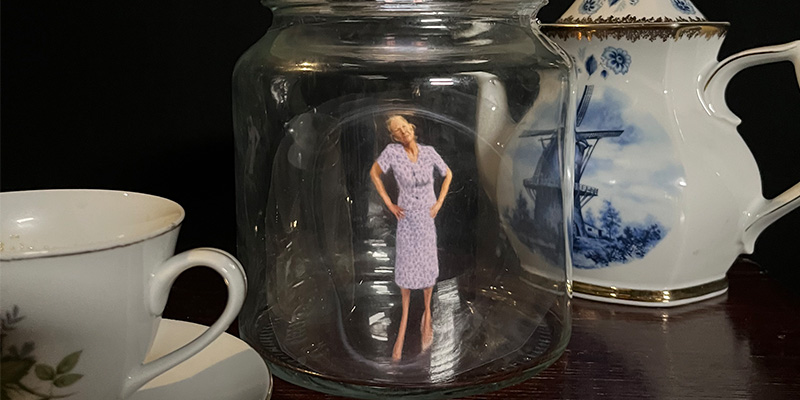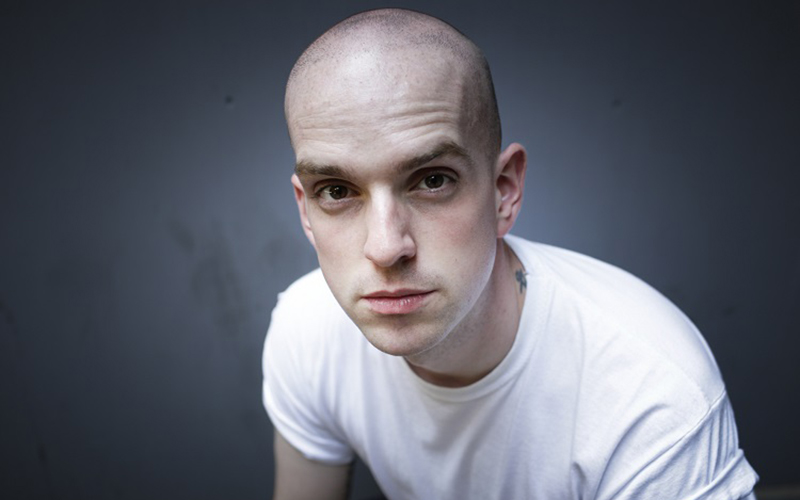News | Tuesday, 7th January 2020
Gothic cinema explained in authoritative new history of silver screen’s dark side
HOME short course and public screenings to celebrate influential genre

From 1920s monster films through to animated superhero blockbusters, a new in-depth book traces the dark, tangled history of Gothic cinema.
Through its origins in phantasmagoria and the first ‘trick’ films through to postmodern pastiches by the likes of Tim Burton, the book Gothic Cinema explores how and why the genre has developed, why it is distinct from horror, and how its centuries-old literary origins have influenced Gothic work in the cinema age.
The book, authored by Manchester Metropolitan University Gothic film and literature expert Dr Xavier Aldana Reyes, is released to coincide with the centenary of the release of The Cabinet of Dr. Caligari, considered one of the earliest and most influential Gothic films.
Gothic cinema has undergone a resurgence over recent years – including a special British Film Institute film season, but until now there has been little agreement as to what defines it as an artistic category.

Dr Aldana Reyes argues Gothic cinema can span many genres, and that the various shapes it has assumed throughout history – from short ‘trick’ films using innovative special effects in early cinema to low-budget ‘sexploitation’ flicks of the 60s and 70s, Hammer horrors to Frankenweenie – are reflections of developments in the wider film industry, including new shooting techniques and shifting audience tastes, rather than primarily driven by cultural or political motives.
Dr Aldana Reyes, Reader in English Literature and Film in the University’s Manchester Centre for Gothic Studies, said: “It's a real privilege to be able to publish Gothic Cinema in the year The Cabinet of Dr. Caligari, one of the forefathers of the mode, turns 100.
“To my knowledge, this book is the first to take a transhistorical and transnational approach to Gothic film, so I hope it will both redefine what the term 'Gothic' means when we apply it to cinema and offer a much-needed medium-specific account of its development through the decades.
“Readers can expect to learn more about the origins of the Gothic on screen, its areas of overlap with horror, the trends that have marked its particular aesthetic and the cultural work it continues to carry out for us.”
Gothic Cinema’s sweeping historical trajectory takes in chiaroscuro lighting experiments of early German cinema, the monster cinema of the 1930s, the explained supernatural of the old dark house mystery films of the 1920s and the Female Gothics of the 1940s, the use of vibrant colours in the period Gothics of the late 1950s, the European exploitation booms of the 1960s and 1970s, and the animated films and Gothic superheroes that dominate present times.
Readers can expect to learn more about the origins of the Gothic on screen, its areas of overlap with horror, the trends that have marked its particular aesthetic and the cultural work it continues to carry out for us.
To coincide with the release of the book, from January Dr Aldana Reyes is leading an eight-week course in Gothic cinema at HOME in Manchester, which will include two public screenings. Each day throughout 2020, he will be tweeting (@XAldanaReyes) about one of the films mentioned in the book, using the hashtag #gothiccinema366, to inspire people to discover or revisit Gothic films.
Gothic Cinema is published by Routledge, and is available now in paperback as part of their Film Guidebooks series.
Research for the book was part-funded by a British Academy/Leverhulme Trust Small Grant.






